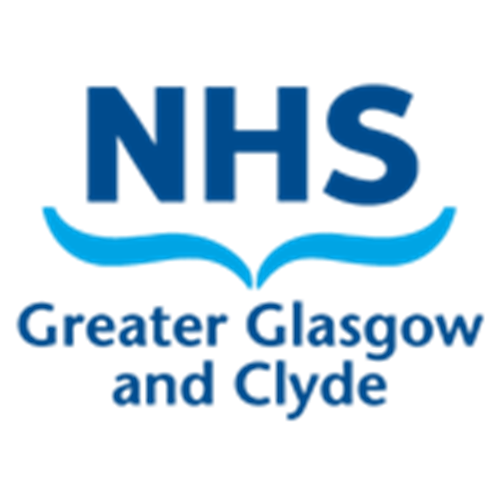Objectives
Other relevant policies:
Gender Based Violence Policy, 2013 Health and Safety Policy, Board Equity, Diversity and Human Rights Policy, Personal Relationships in the Workplace, Adult Support and Protection guidance, Procedures and pathways, Child Protection, Guidance, framework and pathways, Mental Health and wellbeing policy, Alcohol and Substance Misuse, Human Trafficking, Interpreting Policy.
| Please report any inaccuracies or issues with this guideline using our online form |
NHS Greater Glasgow & Clyde (NHSGG&C) recognises gender-based violence (GBV) as both a cause and consequence of gender inequality and acknowledges the evidence that it is overwhelmingly perpetrated by men against women and children, with the latter more at risk from men they know. It included but not limited to domestic abuse, child sexual abuse, rape and sexual assault, sexual harassment, female genital mutilation, forced marriage, so called honour crimes and commercial sexual exploitation through prostitution and pornography.
It is important, however, to recognise that abuse also occurs in same sex relationships and can be experienced by transgender people. While men are at less risk of GBV, some men are abused in similar ways by other men and women.
GBV cuts across all boundaries of class, ethnicity, religion and age. At the same time women in marginalised groups can suffer discrimination in relation to ethnicity, (dis)ability, sexual orientation, poverty, migrant or refugee status which can increase and intensify their vulnerability to abuse and limit access to services. Given the health consequences and links with child protection NHS staff have a pivotal role in responding to this issue.
The Scottish Government defines domestic abuse as;
“perpetrated by partners or ex partners (which) can include physical abuse (assault and physical attack involving a range of behaviour), sexual abuse (acts which degrade and humiliate women & are perpetrated against their will, including rape) and mental and emotional abuse (such as threats, verbal abuse, racial abuse, withholding money and other types of controlling behaviour such as isolation from family and friends)”.
The purpose of this guidance is to assist staff (W&CD) in identifying and responding sensitively to pregnant people accessing services during their reproductive years, who may have current or past experience of domestic abuse. This applies to areas where routine enquiry of domestic abuse has been implemented and for all other areas within maternity care & gynaecology.
